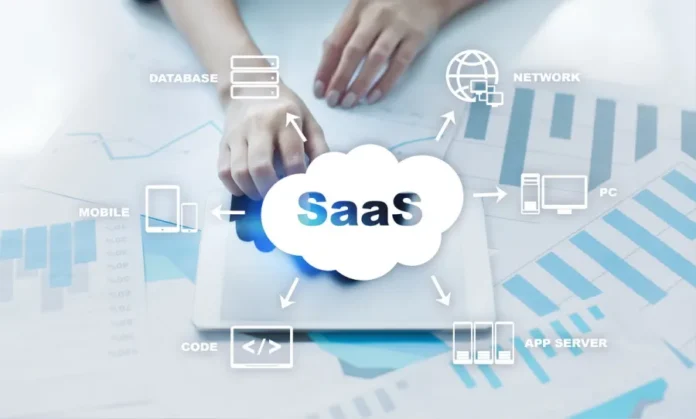Introduction:
Human Resources Software as a Service has revolutionised how organisations manage their HR functions. This comprehensive guide is designed to highlight the benefits and role of human resources saas, providing insights on how these solutions streamline HR processes and enhance employee engagement.
1 Understanding the HR SaaS
The human resources saas (also known as cloud-based software) is a technology that allows organisations to manage HR functions such as payroll, recruitment and performance management. It also includes employee records and benefits administration. This section explores the basics of HR SaaS. It explores its features, functionality, and flexibility in adapting it to diverse organisational requirements.
2. HR SaaS Benefits
Organisations of all sizes can reap a number of benefits from the adoption of HR software as a service. This section highlights key benefits of human resources saas, including scalability and accessibility anywhere there is an internet connection. It also includes automatic updates, cost effectiveness, enhanced data security, and more. HR SaaS allows organisations to streamline HR processes and reduce administrative burdens. They can also focus on strategic HR initiatives.
3. HR SaaS Platforms
human resources saas platforms are equipped with many features that simplify HR operations while improving employee experience. This section examines the core functionality typically offered by HR SaaS, such as employee self-service, applicant tracking, performance appraisal tools and time and attendance management. These features enable HR professionals to optimise workforce management and make data-driven decisions.
4. Integration and Implementation
Integrating an human resources saas with existing HR processes and systems requires seamless integration and careful planning. This section describes best practices to implement HR SaaS. These include conducting thorough needs assessment, selecting the correct vendor, ensuring security protocols and data migration, and providing extensive training for users. The integration of human resources saas is crucial to ensuring smooth transitions, and maximising the benefits of software.
5. Compliance & Data Security
Compliance to legal and regulatory requirements and data security is an important aspect of HR Management. This section examines the ways in which human resources saas helps organisations maintain compliance with labour laws and regulations. HR SaaS vendors adhere to strict security protocols including data encryption and access controls. They also conduct regular audits to ensure the privacy of sensitive HR data.
6. Improving Employee Experience and Engagement
One of the main objectives of human resources saas is to improve employee engagement and experience. This section examines how the HR SaaS platform facilitates open communication, feedback mechanisms, and collaboration between HR teams and employees. Employee self-service portals and performance dashboards empower employees to own their career and HR tasks. They foster a culture of empowerment and transparency.
7. Future Trends for HR SaaS
The HR Technology Landscape is Constantly Evolving, Driven by Advancements in Artificial Intelligence, Machine Learning, and Data Analytics. This section discusses the latest trends in HR software, including predictive analytics, AI-driven talent management and recruitment, personalised employee experience, and integration of virtual and augmented reality technology into HR training and development.
Conclusion:
As organisations struggle to adapt to the changing needs of the modern workplace, HR SaaS is emerging as a powerful and effective tool to drive HR transformation and organisational growth. HR SaaS can help organisations streamline their HR processes, improve the decision-making process, and provide a more engaging experience for employees. HR SaaS is a key player in the evolving HR technology landscape. It will help shape the future of the workplace and drive sustainable growth across industries.

